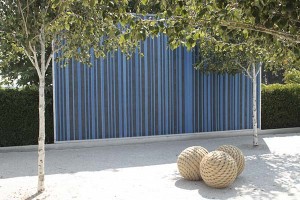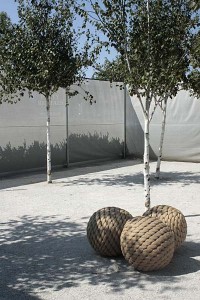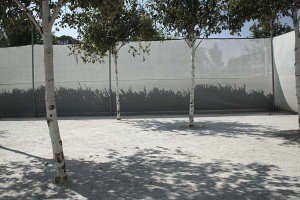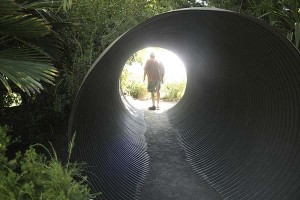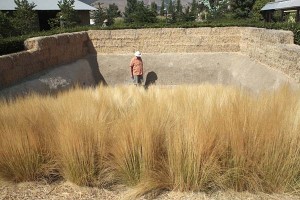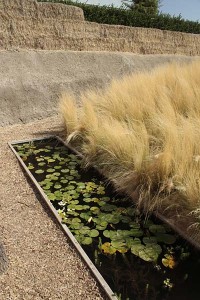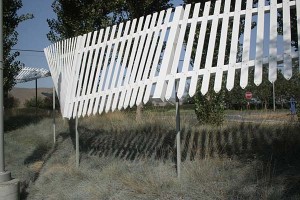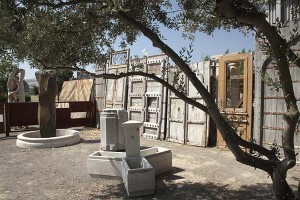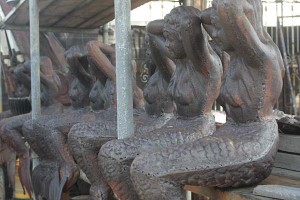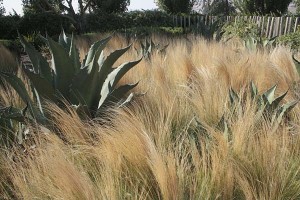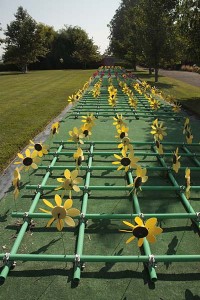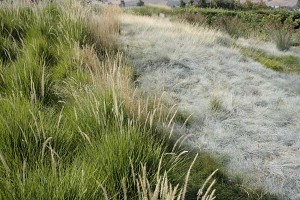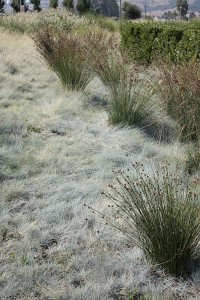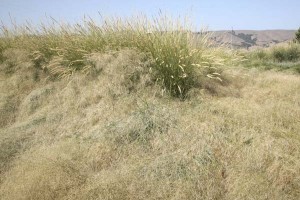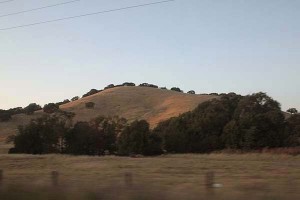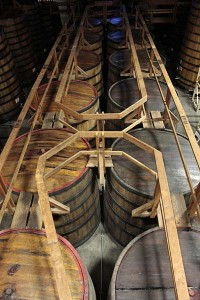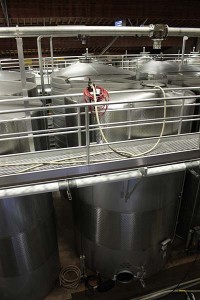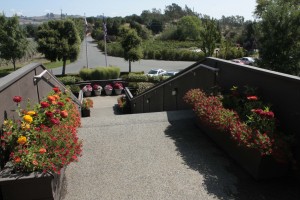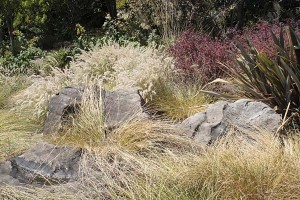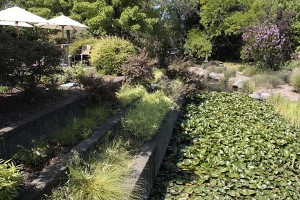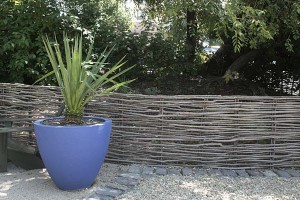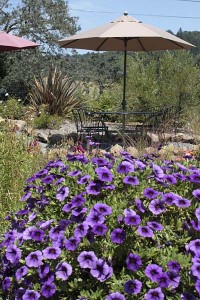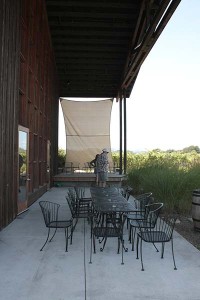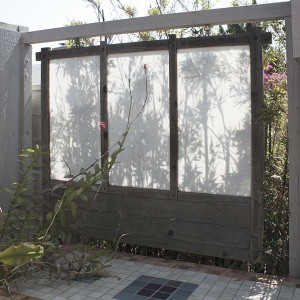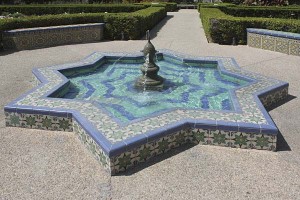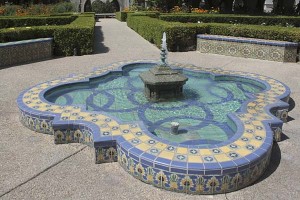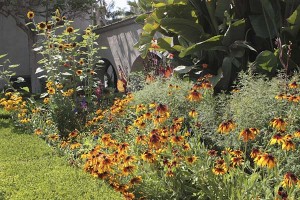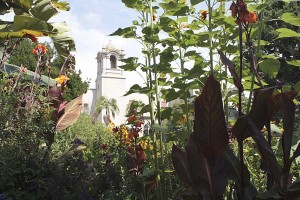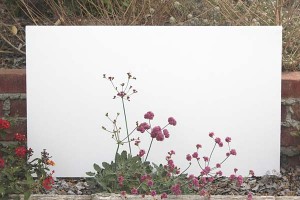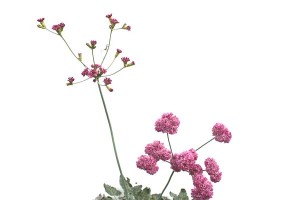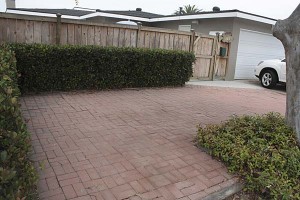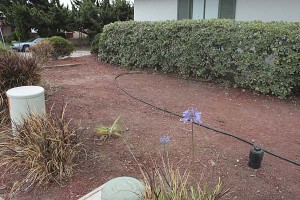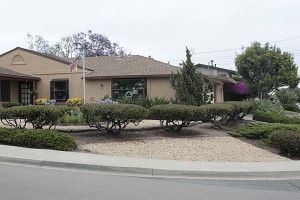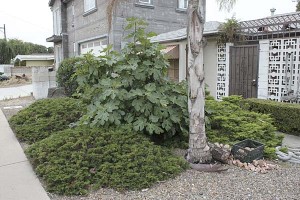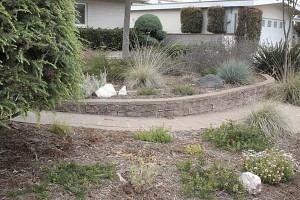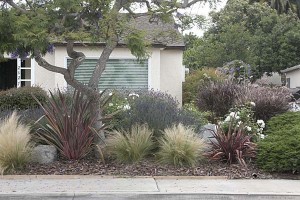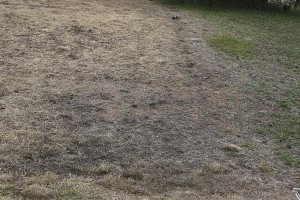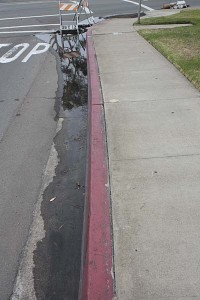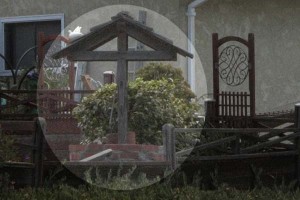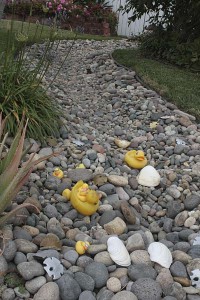Susan from Blue Planet Garden Blog dropped me a note about a new initiative she was involved in. Lawn Reform, a collaboration of nine bloggers from around the US, is trying to reshape how we all think about lawns and their roles in gardens.
If you’re not already out there crying, “Kill your lawn” (or at least something like “Reduce the size of your lawn”) the site lists six good reasons to think again about the green monster outside your house, “Polluted Waterways,” “Pesticide-Treated Lawns that are Toxic to Humans and Pets,” “Guzzling of Water, a Resource in Short Supply,” “Single-Species Monocultures that Provide Nothing for Wildlife,” “Frequent Mowing, with Air Pollution” and “Overtreated and Overwatered Lawns that Waste $$ and Keep Asking for More.”
To that list I’d add a more philosophical reason to rethink a green expanse, the idea that a lawn represents some weird macho domination of all things natural, that nature isn’t acceptable to live with until it’s been chopped to smithereens and reshaped into something that’s a pale imitation of itself. Start with this mindset and it’s not a a big leap to Silent Spring, global warming or The Bomb.
To promo Lawn Reform, Susan is hosting an “I used to have a lawn but now I have…” contest, where you’re encouraged to submit photos and stories related to transforming lawn into something else. The winners, drawn at random, will receive a copy of John Greenlee’s new book, The American Meadow Garden: Creating a Natural Alternative to the Traditional Lawn.
I’ll share a couple of life-after-lawn photos of my own. The newest expanse, which might be described as “I used to have a lawn but now I have dead grass,” is a fairly unattractive alternative to lawn, a patch of unwatered grass that’s in part a response to our current water rationing. This is probably nothing that’s going to make anyone do something else with their lawn, but it’s ugly enough that we’ll have to do something about it.
The second shot is an overview of my front yard, taken during the unflattering light of midday in the heat of September, something like 18 years after the we took out the front lawn. At the time we, along with much of Southern California, were into a lot of South African species, so there are a couple different forms of a stately tree aloe, Aloe barberae (a.k.a. A. bainseii) to the right, along with a big mound of Aloe arborescens. To the left is a big clump of the maligned red fountain grass from farther up in the African continent; it’s a plant that people tell you not to plant because of its invasive tendencies, although this version hasn’t self-sown in two decades. (Other versions of fountain grass, however, can take over an ecosystem in no time.)
We’ve tried various California natives over the years in this space. The most successful has been the row of coyote bush brush cascading over the front wall, Baccharis pilularis ‘Pigeon Point.’ It’s a plant that’s been said to have a ten year useful life. For us it’s doubled that number of years, though it’ll probably get renewed this planting season. Another corner of the ex-lawn, not shown here, features some buckwheats and plants from the Channel Islands. They’re filling in nicely as they provide more of a California flavor to the yard and soften a yard that used to be a lot more about succulents.
Before we undertook this big lawn replacement we asked a question about what we really used the front lawn for. Mostly we walked through it on the way to the front door. Why not put big mounding accent plants where we’d never walk? And in the place of where we used to have one species of grass that required lots of water and pampering we now have several dozen species of plants, almost all of which will make it through the summer with next to no additional watering. Greater diversity, check; less water use, check. The project also succeeds in all the other ways Lawn Reform suggests a lawn replacement would succeed.
But that’s just one success story. There are probably as many different ways to replace a lawn as there are gardeners. What would you do?





